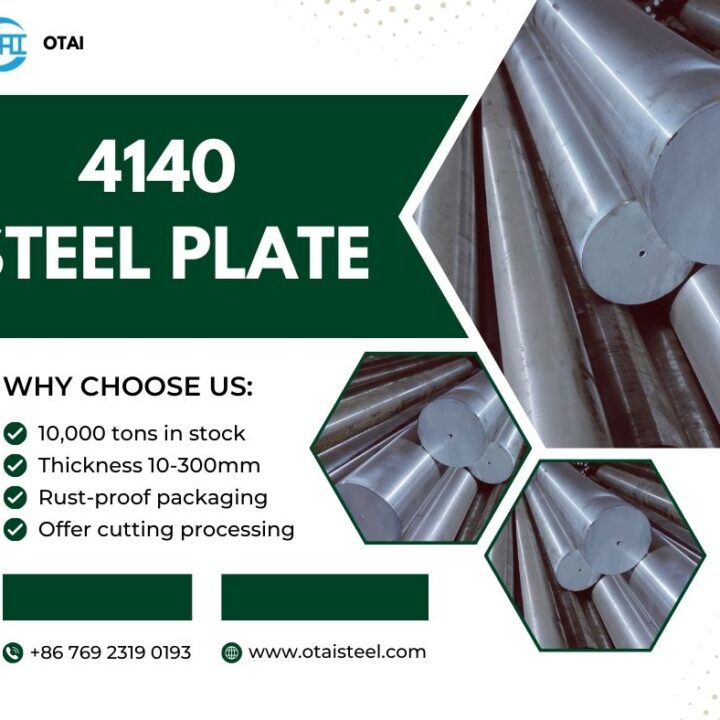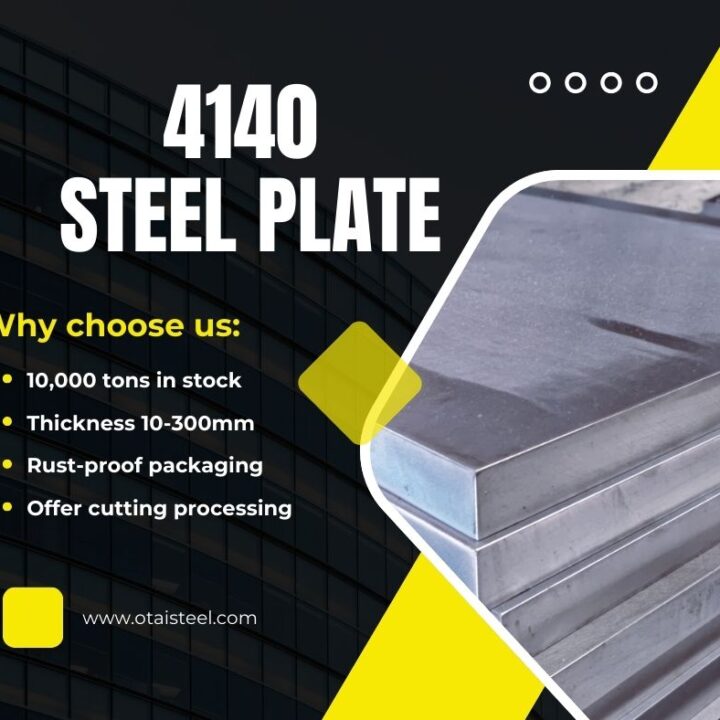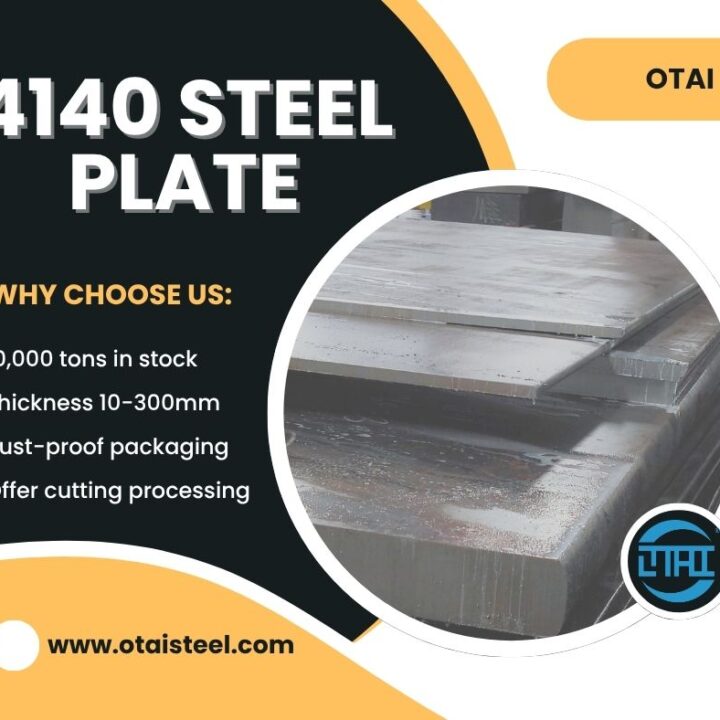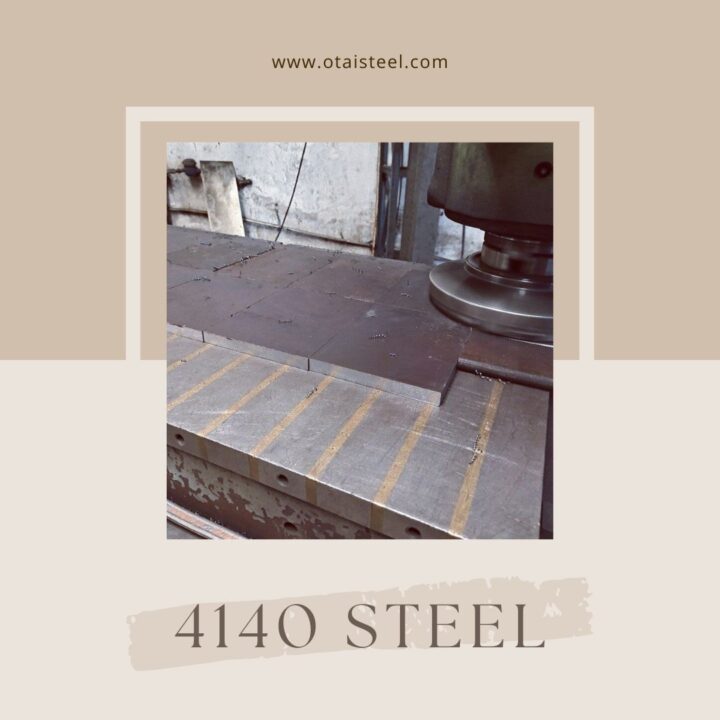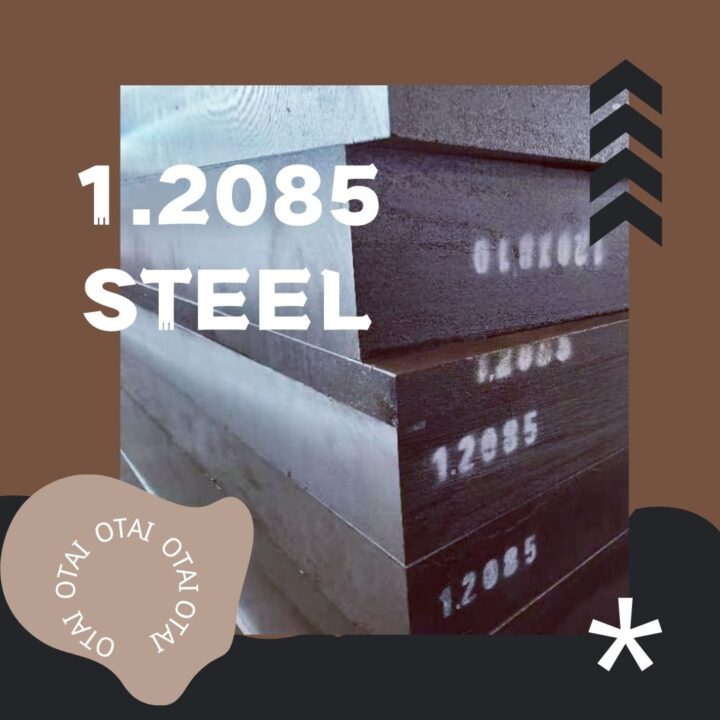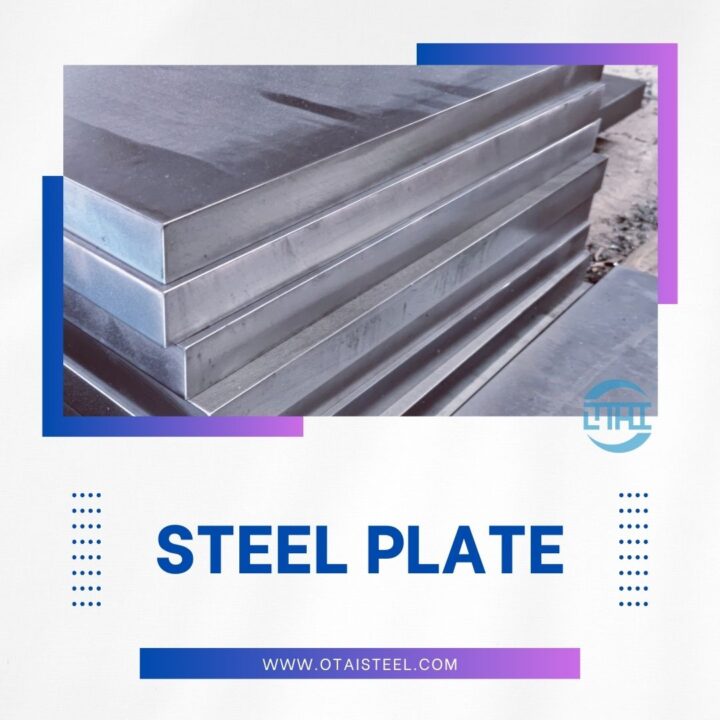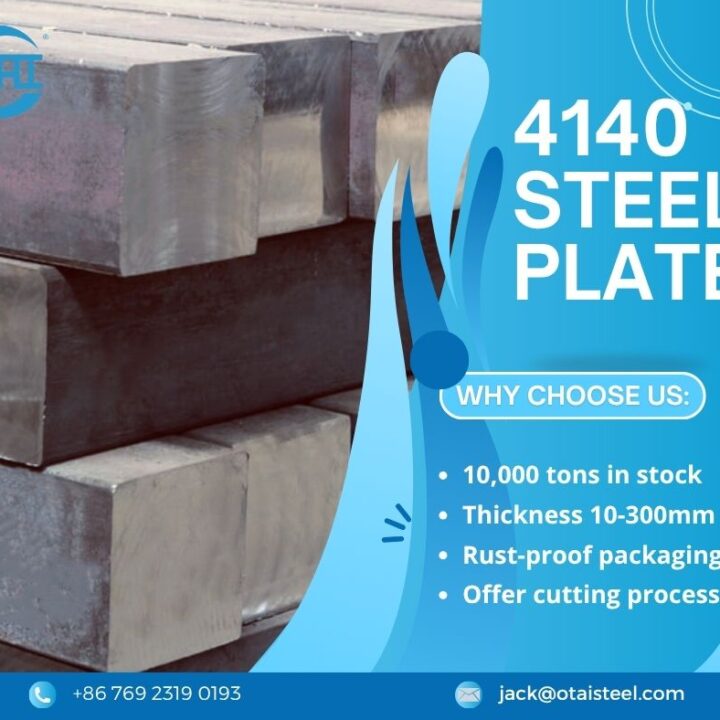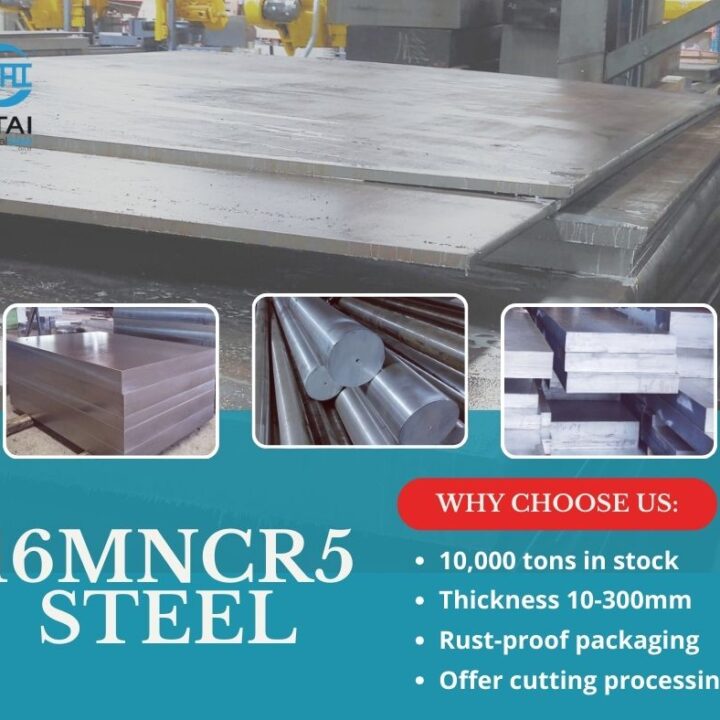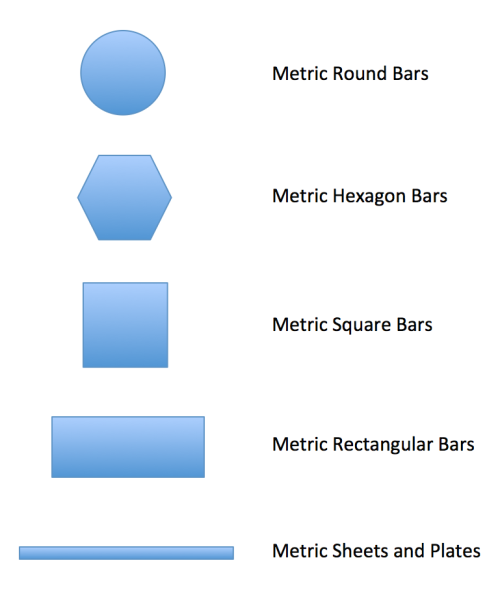In engineering applications, wear resistance is a critical factor in determining the longevity and performance of materials. 4140 steel, a popular low-alloy steel, is known for its excellent mechanical properties. However, to enhance its wear resistance, various surface treatments can be applied.
Surface Treatments for Improving Wear Resistance
Surface treatments are employed to enhance the wear resistance of 4140 steel. These treatments modify the surface layer of the material, improving its hardness, toughness, and resistance to wear mechanisms such as abrasion, adhesion, and fatigue. Some common surface treatments for 4140 steel include hardening and tempering, nitriding, carburizing, and various coating technologies.
Hardening and Tempering
Hardening and tempering is a heat treatment process that involves heating the steel to a specific temperature, followed by rapid cooling (quenching) and subsequent tempering. This process modifies the microstructure of the steel, resulting in increased hardness, strength, and wear resistance. The hardness and wear resistance can be further tailored by adjusting the quenching and tempering parameters.
Nitriding
Nitriding is a surface treatment that introduces nitrogen into the surface layer of the steel. This process forms nitrides, which significantly improve the hardness and wear resistance of the material. Nitriding can be performed using different methods such as gas nitriding, plasma nitriding, and salt bath nitriding, each offering specific advantages in terms of process control and resulting properties.
Carburizing
Carburizing is a process that introduces carbon into the surface layer of the steel. The carbon diffuses into the material, forming a hardened case with increased wear resistance. Carburizing can be performed using gas, liquid, or solid carburizing media, depending on the desired depth of the hardened layer and the specific requirements of the application.
Coating Technologies
Coating technologies involve depositing a protective layer on the surface of the steel to enhance its wear resistance. Various coating materials can be used, such as ceramic coatings, hard chrome plating, thermal spray coatings, and diamond-like carbon (DLC) coatings. These coatings provide a barrier against wear and reduce friction between mating surfaces.
Experimental Methods for Evaluating Wear Resistance
To evaluate the effectiveness of surface treatments on the wear resistance of 4140 steel, several experimental methods can be employed. These include tribological tests such as pin-on-disc, ball-on-disc, or wear simulation tests using specific wear conditions relevant to the application. The wear volume loss, coefficient of friction, and surface morphology are typically analyzed to assess the wear performance.
Results and Discussion
The results of wear resistance evaluations for different surface treatments on 4140 steel are highly dependent on the specific treatment method, process parameters, and wear test conditions. In general, all surface treatments mentioned above have shown improvements in wear resistance compared to untreated 4140 steel. However, the extent of improvement and the optimal treatment method may vary depending on the application requirements.
